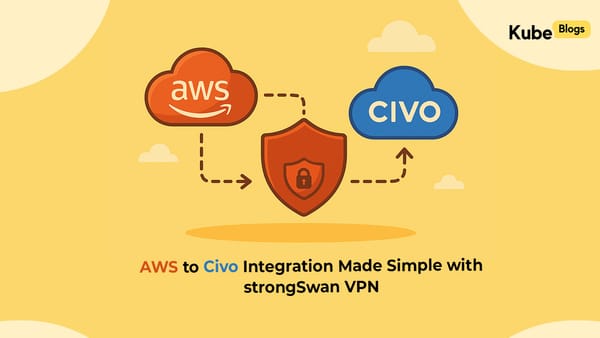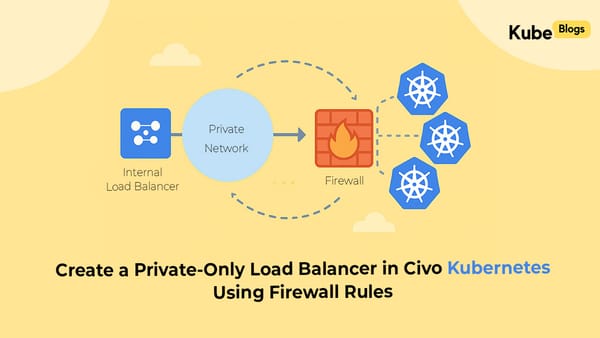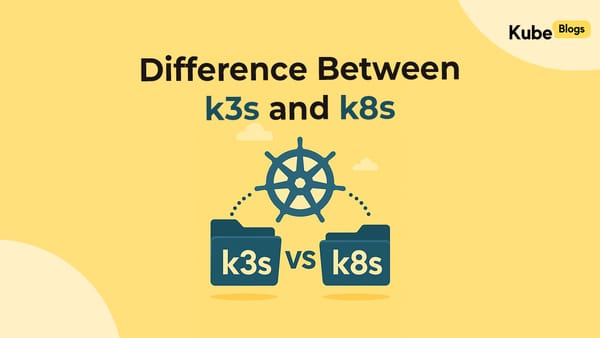Table of Contents
Table of Contents
- Introduction
- What is APScheduler?
- Step-by-Step Implementation
- Advanced Scheduling Patterns
- Best Practices
- Conclusion
Introduction
Imagine you're managing a production web application that needs to run several critical maintenance tasks automatically: database backups at 2 AM, health checks every 5 minutes, and log cleanup every Sunday at 3 AM.
You could use cron jobs, but they don't integrate well with Python applications. You need a Python-native solution that gives you programmatic control over task scheduling.
APScheduler (Advanced Python Scheduler) provides exactly that—a clean interface for scheduling Python functions with support for multiple backend stores and various scheduling patterns. It integrates seamlessly with Django, Flask, and other frameworks.
This guide will walk you through implementing APScheduler from basic setup to production configurations.
What is APScheduler?
APScheduler is a Python library that schedules Python functions to run at specific times or intervals. It provides three main scheduling types:
- Date-based:Run once at a specific date/time
- Interval-based: Run at fixed time intervals
- Cron-based: Run based on cron-like expressions
APScheduler supports multiple backend stores for job persistence, ensuring your scheduled jobs survive application restarts.
graph TD
A[APScheduler] --> B[Date Scheduler]
A --> C[Interval Scheduler]
A --> D[Cron Scheduler]
B --> E[One-time execution]
C --> F[Fixed intervals]
D --> G[Cron expressions]
Step-by-Step Implementation
1. Installation
pip install apscheduler
2. Basic Setup
The most common scheduler type is BackgroundScheduler the one that runs jobs in the background without blocking your main application:
from apscheduler.schedulers.background import BackgroundScheduler
from apscheduler.triggers.interval import IntervalTrigger
from apscheduler.triggers.cron import CronTrigger
import time
# Create scheduler instance
scheduler = BackgroundScheduler()
scheduler.start()
# Keep the main thread alive
try:
while True:
time.sleep(1)
except KeyboardInterrupt:
scheduler.shutdown()
3. Simple Task Scheduling
def health_check():
print("Running health check...")
# Your health check logic here
def backup_database():
print("Starting database backup...")
# Your backup logic here
def cleanup_logs():
print("Cleaning up old logs...")
# Your cleanup logic here
# Schedule tasks
scheduler.add_job(health_check, IntervalTrigger(minutes=5))
scheduler.add_job(backup_database, CronTrigger(hour=2, minute=0))
scheduler.add_job(cleanup_logs, CronTrigger(day_of_week='sun', hour=3))
4. Django Integration
For Django applications, use the django-apscheduler package:
# settings.py
INSTALLED_APPS = ['django_apscheduler']
# views.py
from apscheduler.schedulers.background import BackgroundScheduler
from django_apscheduler.jobstores import DjangoJobStore
scheduler = BackgroundScheduler()
scheduler.add_jobstore(DjangoJobStore(), "default")
scheduler.start()
This provides web dashboard access and database persistence for your jobs.
Advanced Scheduling Patterns
1. Job Persistence
For production applications, use persistent job stores:
from apscheduler.jobstores.sqlalchemy import SQLAlchemyJobStore
jobstores = {
'default': SQLAlchemyJobStore(url='sqlite:///jobs.sqlite')
}
scheduler = BackgroundScheduler(jobstores=jobstores)
2. Error Handling
Implement error handling in your job functions:
def job_function():
try:
# Your task logic
pass
except Exception as e:
logging.error(f"Job failed: {e}")
scheduler.add_job(
job_function,
IntervalTrigger(minutes=10),
id='my_job',
max_instances=1,
misfire_grace_time=300
)
Key parameters:
- max_instances: Prevents multiple instances of the same job
- misfire_grace_time: How long a job can be late before it's missed
3. Dynamic Job Management
Add, remove, or modify jobs at runtime:
# Add job
job = scheduler.add_job(my_function, 'interval', minutes=5, id='dynamic_job')
# Remove job
scheduler.remove_job('dynamic_job')
# Pause/Resume job
scheduler.pause_job('dynamic_job')
scheduler.resume_job('dynamic_job')
# Get job info
all_jobs = scheduler.get_jobs()
Best Practices
1. Job Store Selection
Choose the right job store for your needs:
- MemoryJobStore: For development, jobs lost on restart
- SQLAlchemyJobStore: For production, persistent across restarts
- RedisJobStore: For distributed systems
2. Error Handling and Monitoring
Use event listeners to monitor job execution:
from apscheduler.events import EVENT_JOB_ERROR, EVENT_JOB_EXECUTED
def job_listener(event):
if event.exception:
logging.error(f"Job {event.job_id} failed: {event.exception}")
else:
logging.info(f"Job {event.job_id} completed successfully")
scheduler.add_listener(job_listener, EVENT_JOB_EXECUTED | EVENT_JOB_ERROR)
3. Resource Management
Control resource usage with key parameters:
scheduler.add_job(
resource_intensive_task,
IntervalTrigger(minutes=30),
max_instances=1, # Limit concurrent instances
coalesce=True # Run only most recent if missed
)
Run heavy jobs during off-peak hours and limit concurrent instances to manage resources efficiently.
4. Graceful Shutdown
Ensure clean shutdown to prevent job corruption:
import atexit
import signal
def shutdown_scheduler():
scheduler.shutdown(wait=True, timeout=30)
atexit.register(shutdown_scheduler)
signal.signal(signal.SIGINT, shutdown_scheduler)
Used wait=True to let running jobs complete before shutdown.
Conclusion
APScheduler provides a robust solution for task scheduling in Python applications. Its simple API makes it easy to get started, while advanced features support production deployments.
Key takeaways:
- Use BackgroundScheduler for most applications
- Implement proper error handling and monitoring
- Choose appropriate job stores for your use case
- Plan for graceful shutdowns in production
When to use APScheduler:
- Simple scripts and automation tasks
- Web applications requiring background task execution
- Microservices needing internal scheduling
- Data pipelines and monitoring systems
Why APScheduler over alternatives for simple tasks:
- Celery: Excellent for distributed task queues and complex workflows, but overkill for simple scheduling. Celery requires Redis/RabbitMQ setup, worker processes, and more infrastructure overhead.
- Airflow: Perfect for complex data pipeline orchestration, but adds significant complexity for basic task scheduling needs.
- Cron: Simple but limited to Unix systems and doesn't integrate with Python applications.
APScheduler is ideal for simple tasks because:
- Zero external dependencies (no Redis, RabbitMQ, or databases required)
- Simple setup—just do it,
pip installand you're ready - Lightweight and fast for basic scheduling needs
- Easy integration with existing Python applications
- No worker processes or message brokers to manage
APScheduler's flexibility makes it suitable for both simple scripts and complex enterprise applications. Start with the basics and gradually add advanced features as your needs grow.






